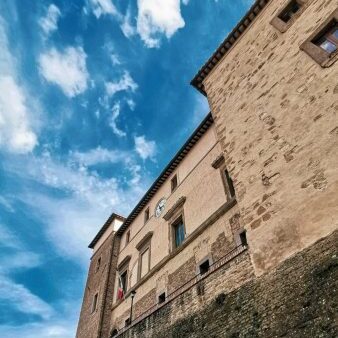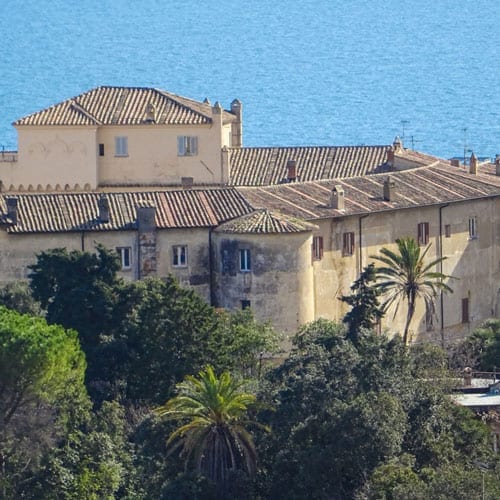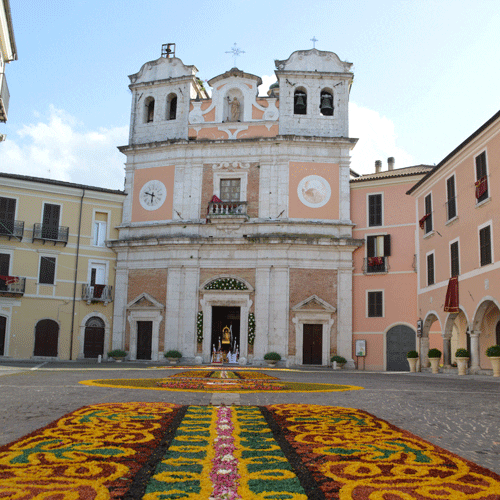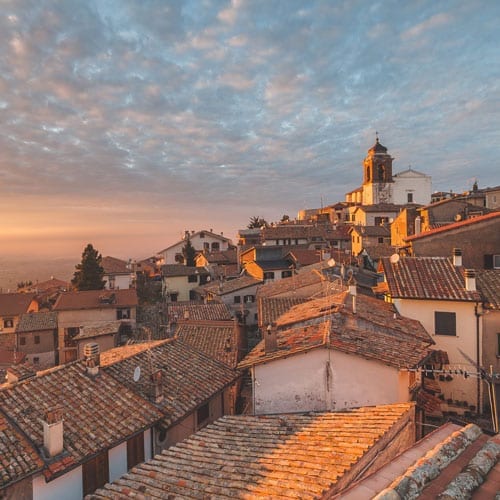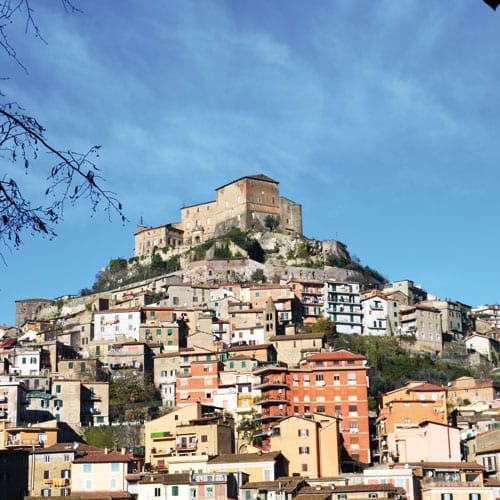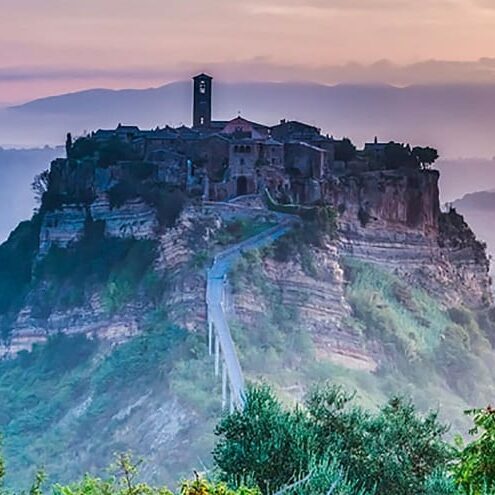 Sutri
Sutri
municipality of Sutri
(Province of Viterbo)
Altitude
m. 291 s.l.m.
population
6664
patron saint
Santa Dolcissima 16 settembre
turist information
Ufficio Turistico di Sutri
Piazza del Comune 45
0761609380
turistico@comune.sutri.vt.it
Facebook: Sutri Turismo

Sutri rises on a tufa hill that dominates the Via Cassia, the Roman consular road, in the charming area of northern Lazio called Tuscia. Sutri’s beauty, art, archealogical treasures and history are unequalled. The borgo has very ancient origins dating back to the Bronze Age and it was a prosperous town under both the Etruscan and Roman dominations. The Regional Park of the Ancient Town of Sutri consists of a necropolis with dozens of tombs excavated in the tuff rock (1st century BC- 2nd century AD) and a large 1st century Roman amphitheatre, brought to light in the 1830s. The Church of the Madonna del Parto is also carved into the rock: before becoming a place of Christian worship under the Lombards, it was a mithraeum, a pagan building dedicated to the worship of the god Mithras. The frescoes in the church, dating back to the 14th century, depict the Archangel Michael, revered by the Longobards. The borgo is perched on the spur in front of the Amphitheatre, its heart is Piazza del Comune with its Baroque fountain. In the Piazza Duomo we find the Cathedral of Sutri with its splendid pavement and a suggestive crypt. It preserves a remarkable statue of Santa Dolcissima, the patron saint of Sutri, by Bernini.
The typical local product is the fagiolo della regina (the Queen’s bean) that, according to popular legend, was able to relieve Charlemagne’s pain from an attack of gout.
- The Living Nativity Scene, December, is set in the necropolis, illuminated with Roman torches.
- The feast of Sant’Antonio Abate begins on 17th January and consists in the parade of the two cavalry and lay brotherhoods.
- The Infiorata del Corpus Domini takes place in June in the historic centre, with flowers that form the carpet for the procession.







